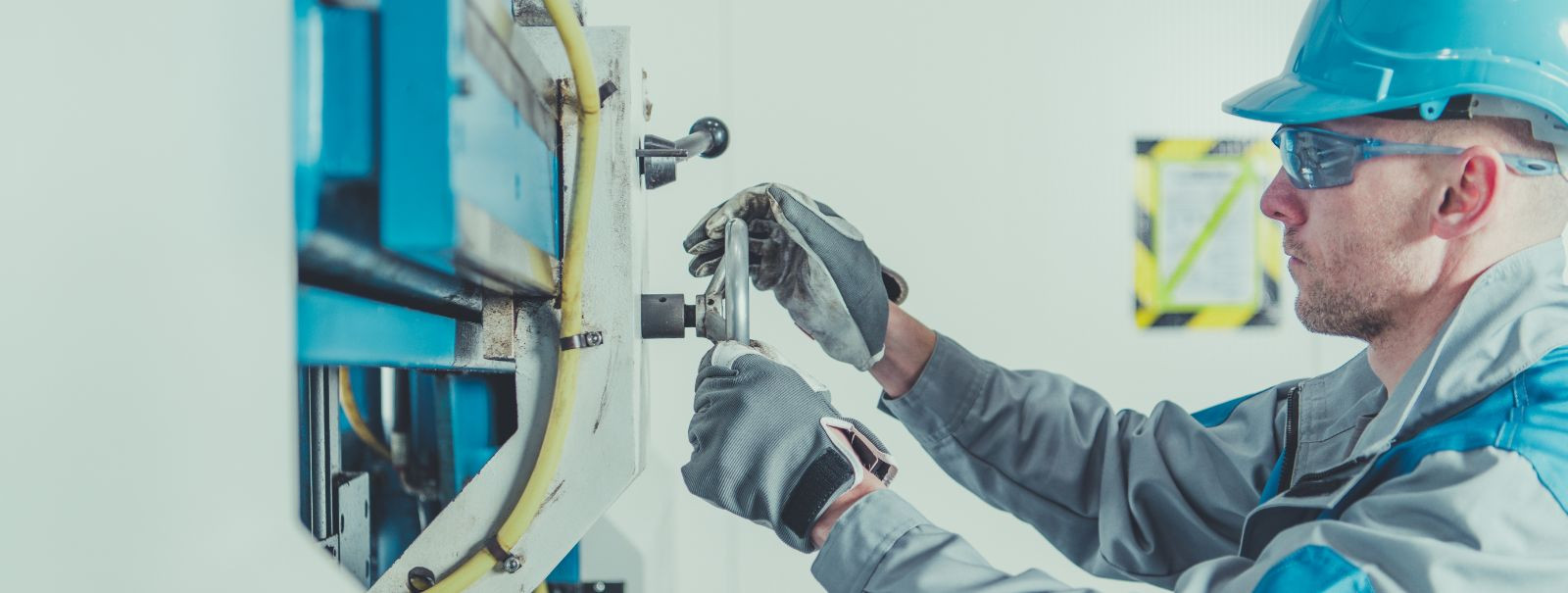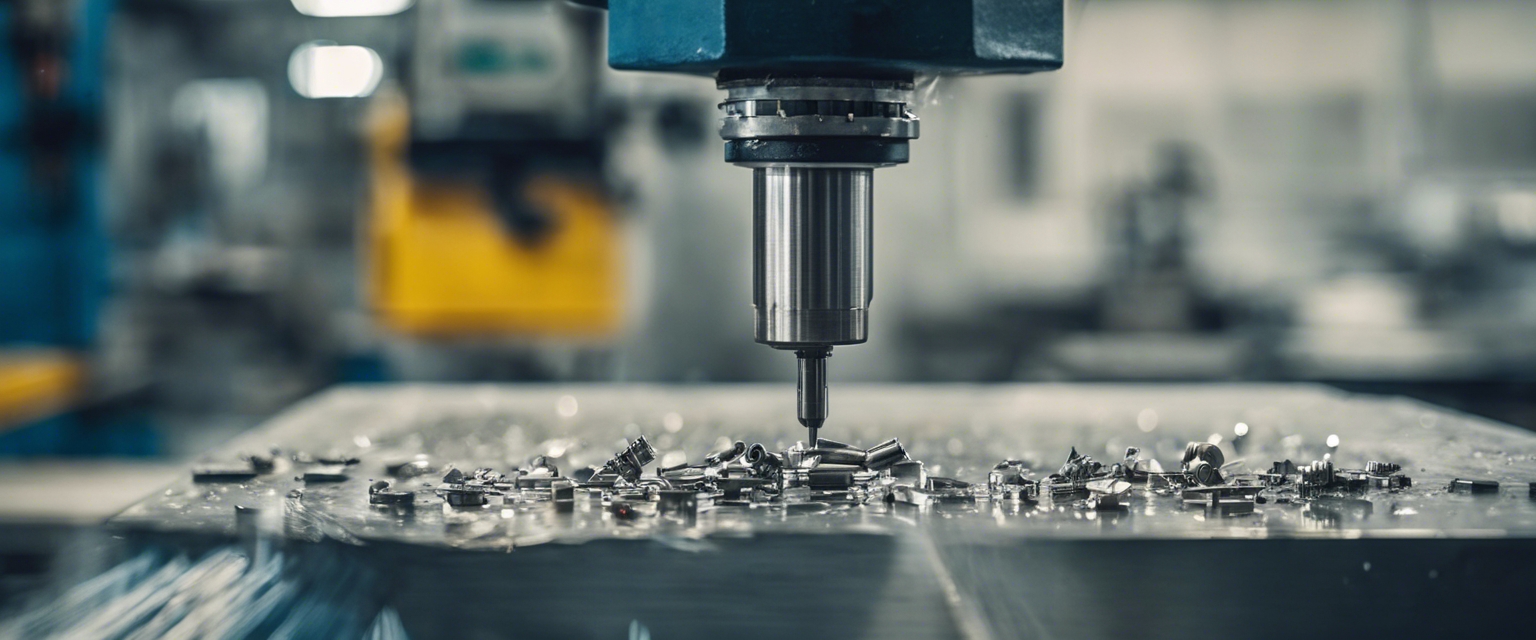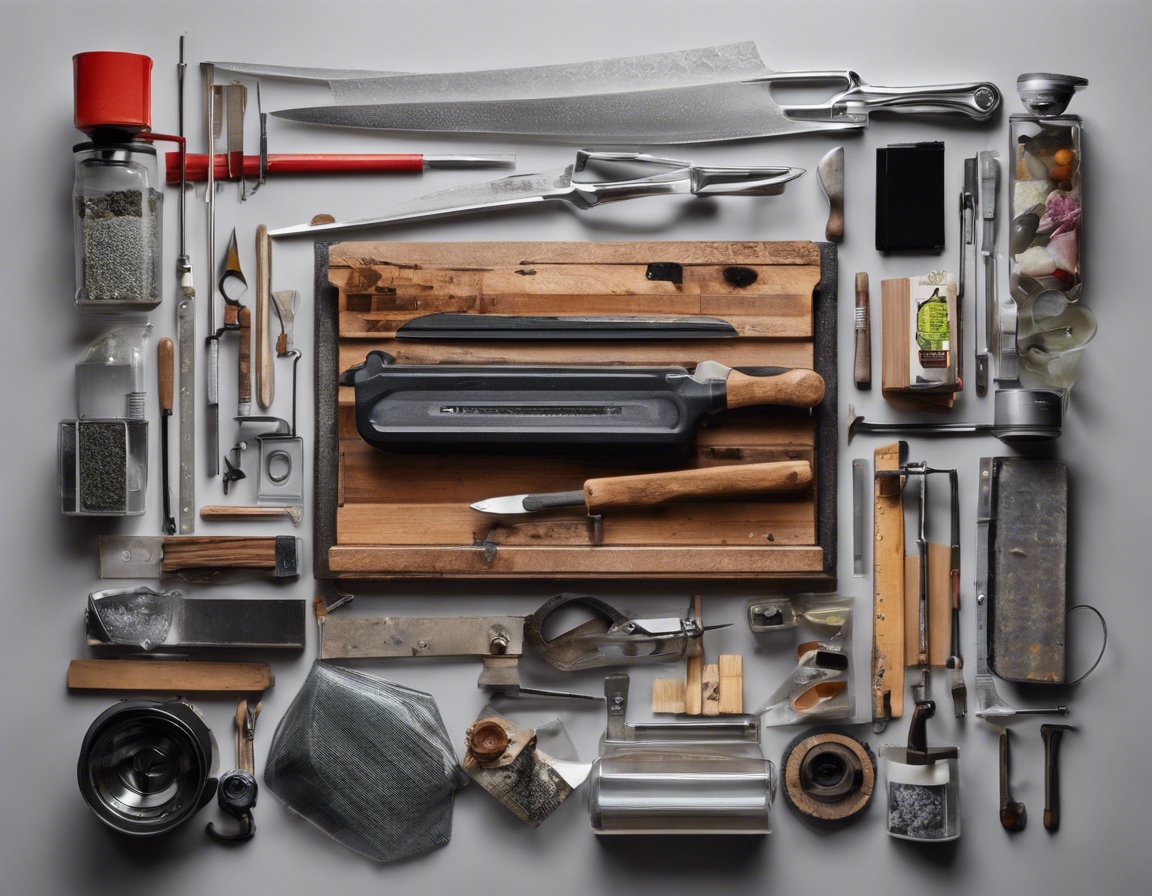Choosing the right material for your engineering project
Material selection is a critical step in the engineering design process, as it significantly affects the performance, durability, and overall success of a project. The right material can enhance functionality, reduce costs, and improve product longevity.
Several factors must be considered when choosing materials for engineering projects, including mechanical strength, weight, corrosion resistance, manufacturability, and cost. Additionally, environmental impact and industry-specific requirements play a vital role in the decision-making process.
Material Properties and Their Impact on Engineering Projects
Mechanical properties such as tensile strength, ductility, and hardness determine how a material will react under various loads and stresses. These properties guide engineers in ensuring that the chosen material can withstand the intended application's demands.
Materials with appropriate thermal properties are essential for applications involving extreme temperatures or thermal cycling. Thermal conductivity, expansion, and resistance are crucial factors to consider.
For projects involving electronics or electrical systems, materials must be selected based on their electrical conductivity, resistivity, and dielectric strength.
Chemical resistance is important for materials that will be exposed to harsh environments or chemicals. This includes considering factors like corrosion resistance and chemical stability.
Common Engineering Materials and Their Applications
Metals such as steel, aluminum, and titanium, and their alloys, are widely used in engineering due to their strength and durability. Each has unique properties that make them suitable for specific applications.
Polymers, including plastics and rubbers, offer versatility and are often chosen for their lightweight, corrosion resistance, and ease of manufacturing.
Ceramics are chosen for their hardness, high temperature resistance, and electrical insulation properties, making them ideal for applications in aerospace and electronics.
Composites, made from two or more materials, combine the best properties of their constituent materials. They are often used in applications requiring a high strength-to-weight ratio.
Advanced Materials and Emerging Trends
Smart materials can respond to environmental changes, offering innovative solutions in various industries, including automotive and consumer electronics.
Nanomaterials, with their exceptional strength and electrical properties, are revolutionizing industries by enabling the development of new, high-performance products.
Biocompatible materials are essential in medical device manufacturing, as they must interact safely with biological systems.
Environmental and Economic Considerations
Environmental sustainability is becoming increasingly important in material selection, with a focus on recyclability and the use of renewable resources.
A thorough cost-benefit analysis helps ensure that the chosen material provides the best value while meeting all project requirements.
Tools and Resources for Material Selection
Software tools can aid in the complex process of material selection by providing comprehensive databases and analytical capabilities to compare different materials.
Adhering to industry standards and obtaining relevant certifications is crucial for ensuring material compliance and quality assurance.






Comments (0)